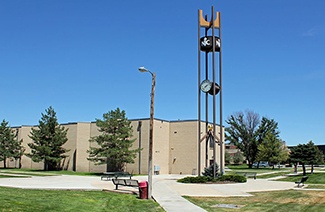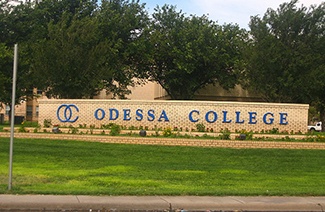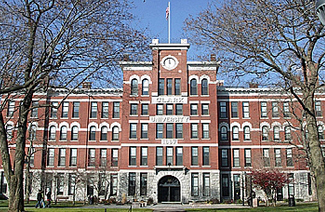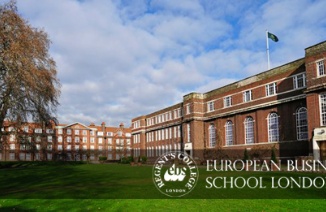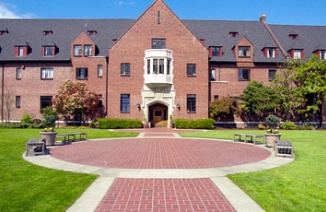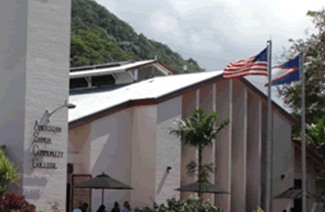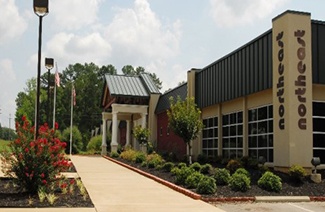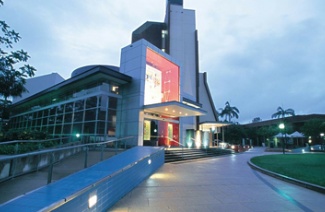GMAT阅读部分属于GMAT考试写作、语文、数学中的语文部分,在考试中大概有三或者四篇文章,很多考生反应在对这部分题进行解答时,时间不够用,要想提高解题速度,考生在备考过程中多加练习,本文小编为大家带来了
Since the late 1970’s, in the face of a severe loss of
market share in dozens of industries, manufacturers in
the United States have been trying to improve produc-
tivity—and therefore enhance their international
(5) competitiveness—through cost—cutting programs. (Cost-
cutting here is defined as raising labor output while
holding the amount of labor constant.) However, from
1978 through 1982, productivity—the value of goods
manufactured divided by the amount of labor input—
(10) did not improve; and while the results were better in the
business upturn of the three years following, they ran 25
percent lower than productivity improvements during
earlier, post-1945 upturns. At the same time, it became clear that the harder manufactures worked to imple-
(15) ment cost-cutting, the more they lost their competitive
edge.
With this paradox in mind, I recently visited 25
companies; it became clear to me that the cost-cutting
approach to increasing productivity is fundamentally
(20) flawed. Manufacturing regularly observes a “40, 40, 20”
rule. Roughly 40 percent of any manufacturing-based
competitive advantage derives from long-term changes
in manufacturing structure (decisions about the number,
size, location, and capacity of facilities) and in approaches
(25) to materials. Another 40 percent comes from major
changes in equipment and process technology. The final
20 percent rests on implementing conventional cost-
cutting. This rule does not imply that cost-cutting should
not be tried. The well-known tools of this approach—
(30) including simplifying jobs and retraining employees to
work smarter, not harder—do produce results. But the
tools quickly reach the limits of what they can
contribute.
Another problem is that the cost-cutting approach
(35) hinders innovation and discourages creative people. As
Abernathy’s study of automobile manufacturers has
shown, an industry can easily become prisoner of its
own investments in cost-cutting techniques, reducing its
ability to develop new products. And managers under
(40) pressure to maximize cost-cutting will resist innovation
because they know that more fundamental changes in
processes or systems will wreak havoc with the results on
which they are measured. Production managers have
always seen their job as one of minimizing costs and
(45) maximizing output. This dimension of performance has
until recently sufficed as a basis of evaluation, but it has
created a penny-pinching, mechanistic culture in most
factories that has kept away creative managers.
Every company I know that has freed itself from the
(50) paradox has done so, in part, by developing and imple-
menting a manufacturing strategy. Such a strategy
focuses on the manufacturing structure and on equip-
ment and process technology. In one company a manu-
facturing strategy that allowed different areas of the
(55) factory to specialize in different markets replaced the
conventional cost-cutting approach; within three years
the company regained its competitive advantage.
Together with such strategies, successful companies are
also encouraging managers to focus on a wider set of
objectives besides cutting costs. There is hope for manufacturing, but it clearly rests on a different way of
managing.
1.The author of the passage is primarily concerned with
(A) summarizing a thesis
(B) recommending a different approach
(C) comparing points of view
(D) making a series of predictions
(E) describing a number of paradoxes
2. It can be inferred from the passage that the manufacturrs
mentioned in line 2 expected that the measures they
implemented would
(A) encourage innovation
(B) keep labor output constant
(C) increase their competitive advantage
(D) permit business upturns to be more easily predicted
(E) cause managers to focus on a wider set of objectives
3. The primary function of the first paragraph of the
passage is to
(A) outline in brief the author’s argument
(B) anticipate challenges to the prescriptions that follow
(C) clarify some disputed definitions of economic terms
(D) summarize a number of long-accepted explanations
(E) present a historical context for the author’s
observations
4. The author refers to Abernathy’s study (line 36) most
probably in order to
(A) qualify an observation about one rule governing
manufacturing
(B) address possible objections to a recommendation
about improving manufacturing competitiveness
(C) support an earlier assertion about one method of
increasing productivity
(D) suggest the centrality in the United States economy
of a particular manufacturing industry
(E) given an example of research that has questioned the
wisdom of revising a manufacturing strategy
5. The author’s attitude toward the culture in most factories
is best described as
(A) cautious
(B) critical
(C) disinterested
(D) respectful
(E) adulatory
6. In the passage, the author includes all of the following
EXCEPT
(A) personal observation
(B) a business principle
(C) a definition of productivity
(D) an example of a successful company
(E) an illustration of a process technology
7. The author suggests that implementing conventional
cost-cutting as a way of increasing manufacturing
competitiveness is a strategy that is
(A) flawed and ruinous
(B) shortsighted and difficult to sustain
(C) popular and easily accomplished
(D) useful but inadequate
(E) misunderstood but promising

